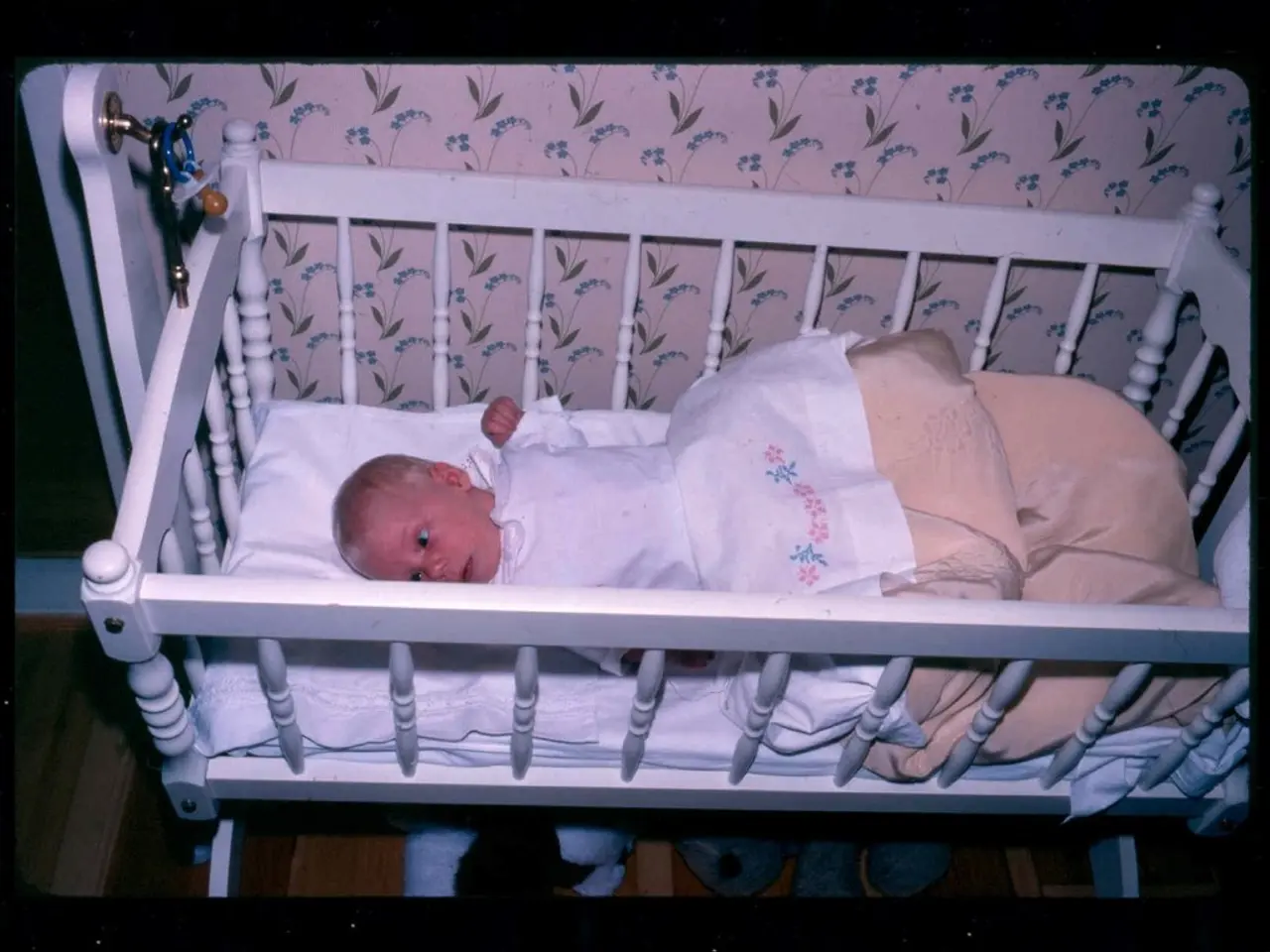Prennatal Examination Procedures
Prenatal screening tests are a series of tests recommended during pregnancy to assess the health of the mother and the baby. These tests cover a wide range of health conditions, chromosomal abnormalities, and routine health issues.
During the First Trimester
The first trimester screening tests can begin as early as 10 weeks and involve blood tests and ultrasounds. Early blood tests can measure the levels of certain substances in your blood, such as pregnancy-associated plasma protein-A and human chorionic gonadotropin, to check for chromosome abnormalities.
A special ultrasound, called a nuchal translucency ultrasound, checks the accumulation of fluid at the back of the baby's neck between the 11th and 14th weeks of pregnancy. This ultrasound can help identify potential risks for chromosomal abnormalities.
The non-invasive prenatal test (NIPT) can determine a baby's sex and is done during the first trimester. However, it's important to note that the NIPT blood draw may not be available at all doctor's offices.
During the Second Trimester
Second trimester screening tests may occur between 14 and 18 weeks and can involve a blood test and ultrasounds. A quad marker screening test is a blood test conducted during the second trimester that can help determine the risk of carrying a baby with Down syndrome, neural tube defects, and abdominal wall abnormalities.
A fetal anatomy survey ultrasound is used to evaluate the baby carefully for any developmental issues during the second trimester. This ultrasound provides a detailed look at the baby's organs and structures.
Amniocentesis is a test performed during the second trimester that tests for genetic abnormalities like Down syndrome and spina bifida. This test involves inserting a thin needle into the amniotic sac to remove a small sample of the amniotic fluid for analysis.
Invasive Prenatal Screening Tests
Chorionic villus sampling (CVS) is an invasive prenatal screening test that tests for chromosomal abnormalities and genetic conditions. There are two types of CVS: transabdominal and transcervical. CVS testing has side effects like cramps or spotting, and there's a small risk of miscarriage.
The recommended diagnostic tests after abnormal prenatal screening results typically include confirmatory invasive procedures such as CVS or amniocentesis, which allow direct genetic analysis of fetal cells to clarify or confirm the initial screening findings.
Rh Incompatibility
Rh incompatibility between a woman and her baby may require a shot of Rh-immune globulin at 28 weeks and again a few days after delivery. This is to prevent the mother's immune system from attacking the baby's Rh-positive blood cells.
Prenatal Blood Tests
At the first prenatal visit, blood tests may also be done to check for immunizations, syphilis, hepatitis B, HIV, anemia, blood type, and Rh factor. A glucose screening test checks for gestational diabetes, a condition that can develop during pregnancy and may increase the potential need for a caesarean delivery.
It's important to note that prenatal screening tests provide a risk or probability, not a guarantee, of a particular condition. Therefore, it's crucial to discuss your concerns regarding prenatal screening tests with your doctor and ask for a referral to a genetic counselor if needed. Your healthcare team can discuss the risks and benefits with you and help you decide which prenatal screenings are right for you.
Ultrasounds
Ultrasounds are used to determine the size, position, and structure of the baby in the uterus. They provide a non-invasive way to monitor the baby's growth and development throughout pregnancy.
In conclusion, prenatal screening tests are an essential part of prenatal care. They offer valuable information about the health of both the mother and the baby, allowing for early intervention and treatment when necessary. It's important to discuss your concerns and options with your healthcare provider to make informed decisions about which tests are right for you.
Read also:
- Vaccination drive targeting infants under 6 months old against bronchiolitis in the region of Andalucia
- Biopsy Basics: Objectives, Varieties, and Potential Hazards - Healthline Illuminated
- Guide to Effective Utilization: Advanced Practice Providers - A Comprehensive Video Tutorial
- Conventional Medicine's Domain Shrinks as Complementary and Alternative Therapies Gain Popularity






